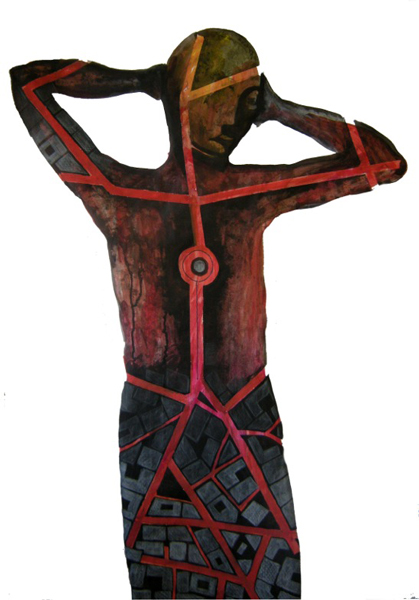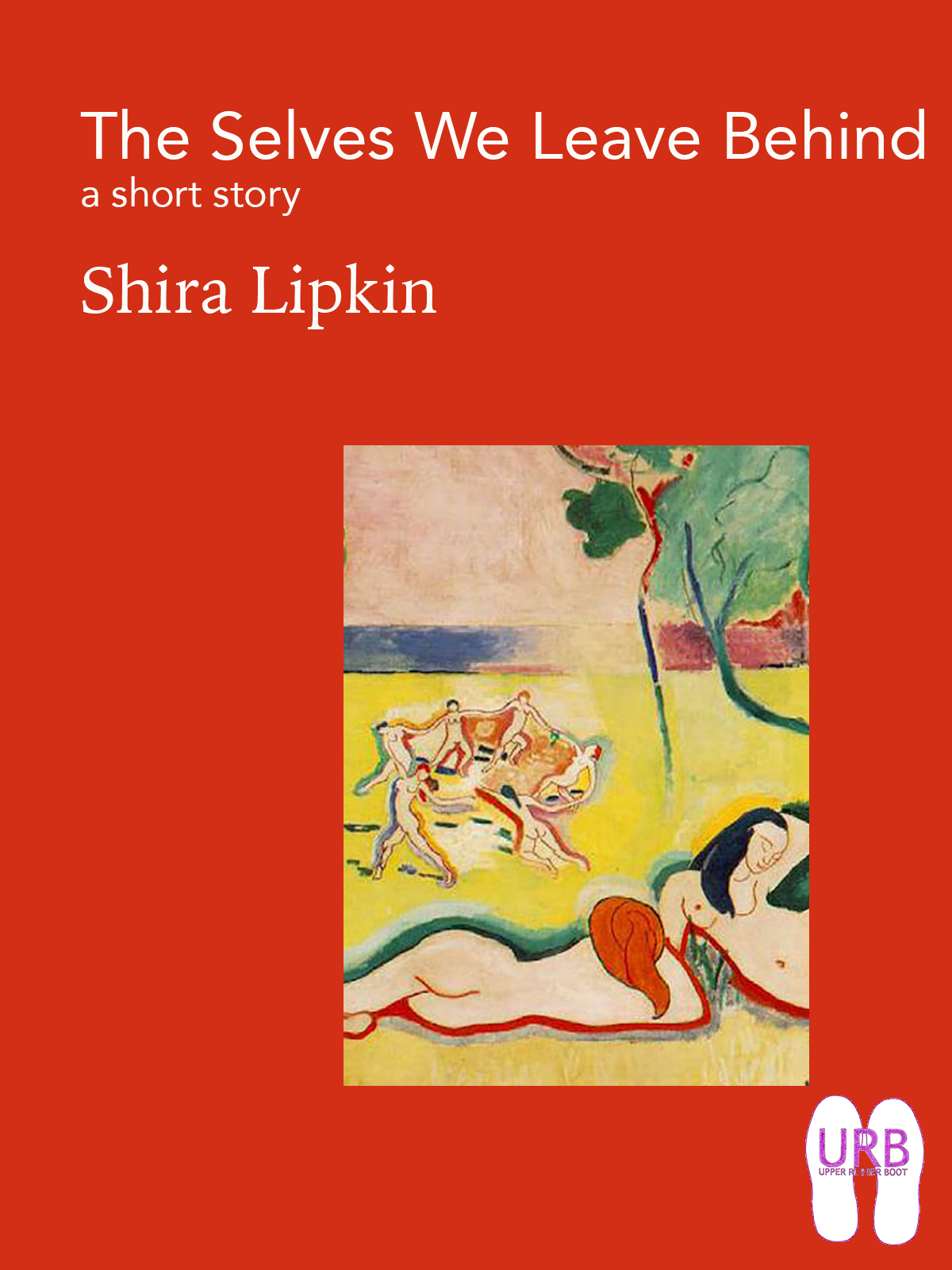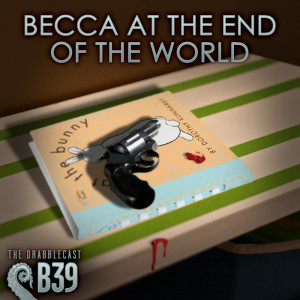I had a rough few years that I’ve spoken of elsewhere.
One major side effect of the past few years?
I stopped writing.
The seed of The Final Girl was there before that, though. It started at a conversation at Wiscon where I said to Lisa Bradley “You know, someone should write something about Final Girls.” She said I should do that. I promptly tucked that into my hindbrain to percolate and thought nothing more of it. Consciously, that is.
And then one day I scribbled on the purple dry-erase board over my desk, “the final girl drinks alone.”
And then the hideous trauma of last year kicked in, and my writing, which had already slowed, stopped altogether.
But, over months, “The Final Girl” began to coalesce in spite of itself.
I’ve never had a writing experience like I had with “The Final Girl”. What usually happens with poems or short fiction is that they percolate in my hindbrain for howeverlong, and then, ping!, they’re ready, and I sit down and write the all in one go. This was different. This was a line or two or maybe a paragraph that would happen in my brain while I was in the shower, or walking somewhere, or just doing something else in general. Judah was killing my writing, but this poem, which became this story, kept sneaking in around the edges, piecemeal.
I learned to just leave the door open, so to speak. To welcome the pieces of “The Final Girl” when they arrived. I learn to be patient, not to force it, because when I tried, it vanished like smoke.
Months of a sentence here and a paragraph there. The chunks the final product is in are the chunks it came in, though not consistently in the same order. I accepted that this was not going to follow a traditional story form, that it was just going to be the shape that it was. (I sent it in-progress to Lisa Bradley; her questions and comments were invaluable in helping me figure out what else needed to be there, what I wasn’t looking at. Thank you, thank you, thank you.)
In early January 2014, a now-ex turned verbally abusive, knowingly and deliberately using rape/trauma survivor triggers against me in an attempt to shatter me, and my other now-ex turned weird and awful, and I was struggling. In the two weeks between those breakups, I was desperately trying to make sense of life – for the second time in a year, everything had changed on me, everything had been yanked away, and I had to figure out what to do, what I could do.
And in those two nightmare weeks, the last three pieces of “The Final Girl” arrived.
I sat with it and thought, “I think this is done.”
When I read it at Arisia (knowing/suspecting how bad things were and were about to get elsewhere in my life), I prefaced it with “This is the first thing I’ve written Since. I don’t know if it’s any good; I lack all perspective about my writing these days! But I think it’s done, whatever it is.
“This is ‘The Final Girl’.”
And Julia Rios asked me to submit it to Strange Horizons immediately. Which I managed to do that week, even though everything else collapsed the very next week, and they bought it, and now, here.
Here it is, the thing that came out of me during the worst time of my adult life, the way my brain responded, the wisps that escaped the coffin my writing was put in. Here is the thing in me that refused to be killed, the thing that hid when it needed to and fought for escape whenever it could.
The point of the final girl is that she survives.
And here I am.
“The Final Girl” was published in Strange Horizons in April 2014. It’s on Ellen Datlow’s recommended reading list and Tangent Online’s 2014 Recommended Reading List.
—
Reviews:
Alicia Cole of Tangent Online says: “Who is the Final Girl? In the hands of Shira Lipkin, she is the perennial feminist survivor. While the speculative arc looms off camera – a dystopic culture hinting at atrocious violence, potentially not much different from our own – the bulk of this third person narrative takes place in group therapy sessions. Similar to Virginia Woolf’s insistence that the female writer seeks out “the pools, the depths, the dark places where the largest fish slumber,†Shira Lipkin tackles the dark subject matter of subjugated survival. The backdrop of the story remains fascinatingly vague. The foreground is sharply attenuated by the stressful memories and triggers of a final girl: after her survival, in the midst of her struggle, in the process of the author’s elocution, still falling. A must-read of speculative, feminist literature. Highly Recommended.”
Charlotte Ashley of Clavis Aurea says: “Radcliffe suggests the experience of terror “expands the soul and awakens the faculties to a high degree of life,†but that horror is the lingering disgust that’s left behind after the moment of excitement has passed. By that definition, “The Final Girl†by Shira Lipkin (Strange Horizons, April 14th, 2014), is surly horrifying, beginning where the terror has ended. The monster does not appear in the story. The horror lies in the revelation that the cost of the sublime experience we seek when we partake of terror is paid for by a victim. The audience surrogate for these stories is the Final Girl; a particular type of girl custom-terrorized for the voyeur’s benefit.
The stark truth laid down in Lipkin’s narrative is oppressive. The mind is not excited by the possibilities of the unknown, but depressed by the hopeless conclusion. “The falling girl never stops dying,†Lipkin tells us. “The point of the falling girl is that she never stops falling.†Lipkin anticipates and subverts our attempts to find a comfortable conclusion for the Final Girl over and over. No well-intentioned writer can take away her trauma by laying her story out in the bright light. She doesn’t find comfort in support groups or in the flesh of other Final Girls. She never feels as if she has escaped and she takes no comfort in having fought back – or not.
The story is deeply upsetting, and it should be. The reader is left feeling guilty and complicit in the continued suffering of a narrator who isn’t even just one poor girl, but an infinite number of girls who have all been sacrificed to the same search for the sublime. Lipkin gives us horror via empathy, drawing us in to an inescapable space that the reader will not enjoy occupying. Hers is a powerful entry into a growing canon of similar narratives that include Damien Angelica Walters’ recent “Grey in the Gauge of His Storm†(Apex Magazine #53) and “Abomination Rises on Filthy Wings†by Rachel Swirsky (Apex Magazine #50). The point is not to enjoy the story, but to listen to a voice which is necessarily hard to listen to in our search for answers to difficult questions.”
Lois Tilton of Locus says: “A sort of unnumbered list story, very short, on the phenomenon of serial killer survivors – the particular sort of serial killer who preys on young women. There are suggestions here that this might be the cinematic sort of killer, but the pain described is real. In any case there seem to be enough of these that their survivors – their last survivors – can form support groups. There are no names here, and “the final girl†seems to refer both to all such survivors and one in particular who never stands out as a person, who doesn’t have an actual story here but only stands for the phenomenon, a pain that never ends.”

 ”
”

